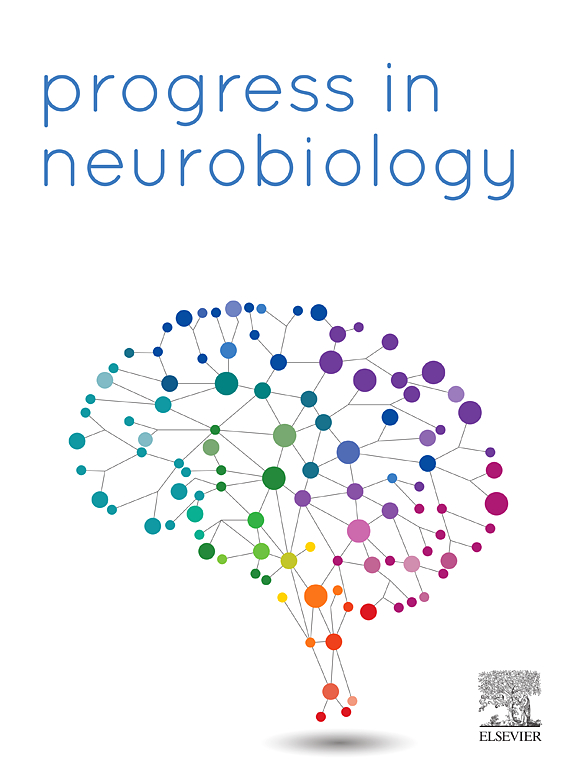颅内录音揭示人听觉皮层言语的神经夹带。
IF 6.1
2区 医学
Q1 NEUROSCIENCES
引用次数: 0
摘要
人类生活在一个包含丰富的听觉刺激的环境中,这些刺激必须被有效地处理。神经振荡对声音输入的参与可能支持简单和复杂声音的处理。然而,这种夹带过程的特征已被证明在物种和实验范式之间是不一致的。研究言语反应的神经活动究竟是简单诱发反应的结果,还是受神经振荡的影响。在这项研究中,12名参与者用颅内电极聆听自然语言和神经带动,并评估了振荡活动持续超过诱发反应的证据。记录了165个颞上回和颞上回的神经活动。首先,语音包络中的声学边缘诱导了语音和听觉皮层活动之间的一致性。此外,θ - α波段的夹带持续时间超过了声刺激。这种活动超出了一个简单的诱发反应的预期。这些发现表明,言语有可能引起人类听觉皮层的神经振荡。本文章由计算机程序翻译,如有差异,请以英文原文为准。
Neural entrainment by speech in human auditory cortex revealed by intracranial recordings
Humans live in an environment that contains rich auditory stimuli, which must be processed efficiently. The entrainment of neural oscillations to acoustic inputs may support the processing of simple and complex sounds. However, the characteristics of this entrainment process have been shown to be inconsistent across species and experimental paradigms. It is imperative to establish whether neural activity in response to speech is a result of combination of simple evoked responses or of entrainment of neural oscillations in human participants. In this study, 12 participants with intracranial electrodes listened to natural speech and neural entrainment as evidenced by oscillatory activity persisting beyond the evoked responses was assessed. Neural activity was recorded from 165 contacts in Heschl’s gyrus and superior temporal gyrus. First, acoustic edges in the speech envelope induced coherence between speech and auditory cortex activity. Further, entrainment in the theta-alpha band outlasted the acoustic stimulation. This activity exceeded what could be expected from a simple evoked response. These findings suggest that speech has the potential to entrain neural oscillations in the human auditory cortex.
求助全文
通过发布文献求助,成功后即可免费获取论文全文。
去求助
来源期刊

Progress in Neurobiology
医学-神经科学
CiteScore
12.80
自引率
1.50%
发文量
107
审稿时长
33 days
期刊介绍:
Progress in Neurobiology is an international journal that publishes groundbreaking original research, comprehensive review articles and opinion pieces written by leading researchers. The journal welcomes contributions from the broad field of neuroscience that apply neurophysiological, biochemical, pharmacological, molecular biological, anatomical, computational and behavioral analyses to problems of molecular, cellular, developmental, systems, and clinical neuroscience.
 求助内容:
求助内容: 应助结果提醒方式:
应助结果提醒方式:


